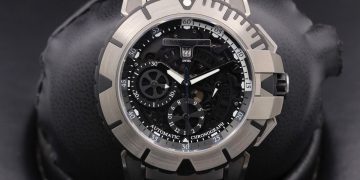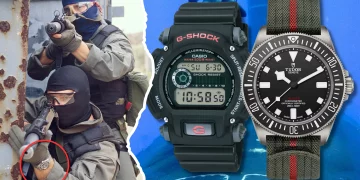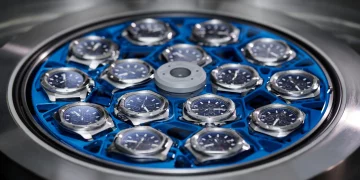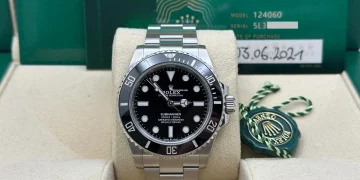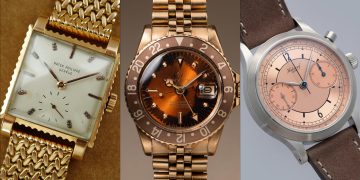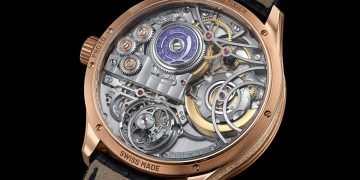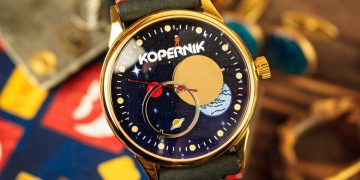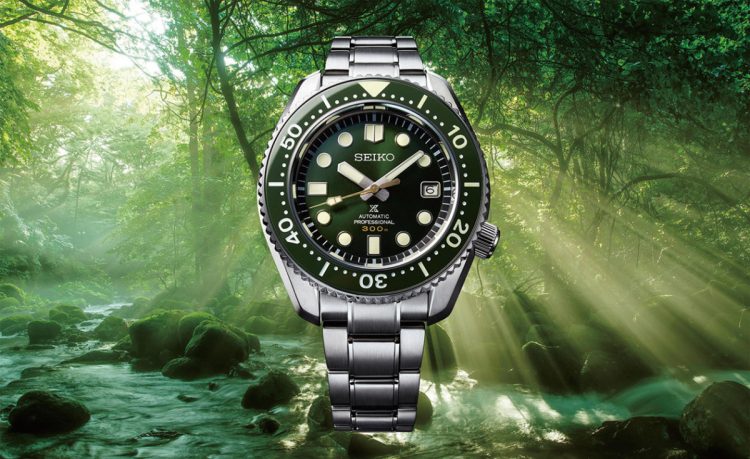Introduction: The Legacy of Seiko Diving Watches
Seiko is a name that commands respect in the world of horology, and for good reason. Since its founding in 1881, the Japanese brand has been a pioneer in the watchmaking industry, known for combining innovative technology with high-quality craftsmanship. However, one area where Seiko truly made its mark is in the world of diving watches.
While many luxury brands have become synonymous with diving timepieces, Seiko remains an iconic brand, respected for its affordable yet robust diving watches. Seiko’s history in the diving watch market dates back to the mid-1960s, when the company first introduced its 62MAS—the first automatic diving watch from a Japanese brand.
Over the years, Seiko has consistently delivered timepieces that offer both performance and style, earning the trust of professional divers, watch enthusiasts, and collectors around the world. But Seiko’s influence extends beyond just the technical aspects of their dive watches—they have played a significant role in shaping dive watch culture and influencing the watchmaking industry as a whole.
In this article, we will take a deep dive into Seiko’s diving watch history—exploring the brand’s journey from its first dive watch to its continued innovation and place in both the watch community and diving culture. Along the way, we will explore the technological advancements, key models, and the lasting legacy Seiko has built, making it a true icon in the world of diving watches.
1. The Origins of Seiko: From Humble Beginnings to Watchmaking Powerhouse
Before diving into Seiko’s contributions to the diving watch world, it’s important to understand the company’s origins. Founded in 1881 by Kintaro Hattori, Seiko began as a small watch and jewelry shop in Tokyo. Seiko’s early years were defined by the drive to create timepieces that combined craftsmanship with innovation—a principle that would continue throughout the company’s history.
In the early 1900s, Seiko expanded its offerings to pocket watches and wristwatches, gaining a reputation for producing highly accurate and reliable timepieces. By 1960, Seiko had already made a name for itself in the international market, with its watches being sold in the United States and Europe.
However, it wasn’t until the 1960s that Seiko began to make waves in the world of dive watches. Seeing a growing demand from professional divers and outdoor adventurers for reliable, durable timepieces, Seiko set out to design a watch that would be both functional and affordable for diving enthusiasts. This was when Seiko first introduced its legendary 62MAS diving watch, the first automatic dive watch from a Japanese brand, which would go on to cement Seiko’s place in horology history.

2. Seiko’s Entry into the Diving Watch Market: The 1960s Revolution
Seiko’s first major foray into the world of diving watches came in 1965 with the introduction of the 62MAS, the brand’s first automatic diving watch. It was a game-changer for the watch industry, offering a combination of precision, legibility, and water resistance at a price point that made it accessible to professional divers and watch enthusiasts alike.
The 62MAS was designed with diving-specific features, including a robust stainless steel case, a rotating bezel for tracking dive time, and water resistance up to 150 meters. The watch’s dial was coated with luminous paint (later known as LumiBrite), ensuring visibility even in low-light underwater conditions. It was a workhorse of a watch, designed to withstand the harsh environments divers faced while offering essential functionality.
Seiko’s decision to introduce the 62MAS in the 1960s proved to be a masterstroke. It set a new standard for diving watches—one that emphasized reliability, durability, and affordability. The 62MAS was quickly embraced by professional divers, and it would go on to become an iconic piece in Seiko’s dive watch collection.
3. The Technological Advancements that Set Seiko Apart
Seiko didn’t rest on its laurels after the success of the 62MAS. Over the years, the brand continued to innovate and refine its diving watches, introducing new technologies that would set it apart from
other watchmakers.
One of Seiko’s most significant contributions to the diving watch world was the development of LumiBrite—a super-bright luminescent paint used on the dials and hands of Seiko watches. This technology ensured that Seiko dive watches would remain visible even in the darkest underwater environments.
In the 1970s, Seiko also introduced the helium escape valve, a feature that allowed divers to go deeper for longer periods of time without worrying about the watch case being damaged by the buildup of helium gas during decompression.
Seiko’s technological innovations didn’t stop there. The brand was also a pioneer in solar-powered diving watches, such as the Seiko Solar Diver, which eliminated the need for regular battery changes and further enhanced the durability of the watch.
Conclusion: Seiko’s Enduring Influence on Diving Watch Culture
Seiko’s history in the diving watch market is a testament to the brand’s innovation, commitment to quality, and connection to the diving community. From the introduction of the 62MAS in the 1960s to its modern-day Prospex line, Seiko has continuously raised the bar for what a diving watch can be—offering models that are not only reliable and functional but also imbued with cultural significance.
Today, Seiko’s diving watches are regarded as iconic, continuing to influence both the diving and horological communities. Whether you’re a seasoned diver or a casual watch enthusiast, a Seiko dive watch remains a symbol of precision, durability, and adventure.
Seiko’s diving watch legacy will continue to endure for generations, reminding us of the brand’s timeless commitment to quality, exploration, and innovation.



